We may earn a commission from the affiliate links on this site. Learn more›
Back in 2017, when Yamaha announced the EAD10, I was skeptical—so much so that I dismissed it entirely until now. The idea of the “hybrid” drum set seemed pointless, especially when paired with one trigger sensor and a single mic to capture the sound of the entire drum set. I can’t remember when I’ve had more fun playing my drum set since trying out the Yamaha EAD10—I was utterly wrong.
Similar to how electronic drum sets have “brains,” the Yamaha EAD10 acts as a sound module for your acoustic drum set. A sensor unit clamps to your bass drum hoop, triggering varying kick drum sounds when you play. The sensor has a built-in microphone that picks up the sound of your entire drum kit. The whole sound of the drums is mixed with various effects in the unit.
Editor’s note
Keeping with our goal of being the most accurate and up-to-date source in the drumming community, it’s important to inform our readers of the relationships between us and brands. The Yamaha EAD10 was given to us on loan for evaluation from ZZounds, but that has no impact on our objectivity.
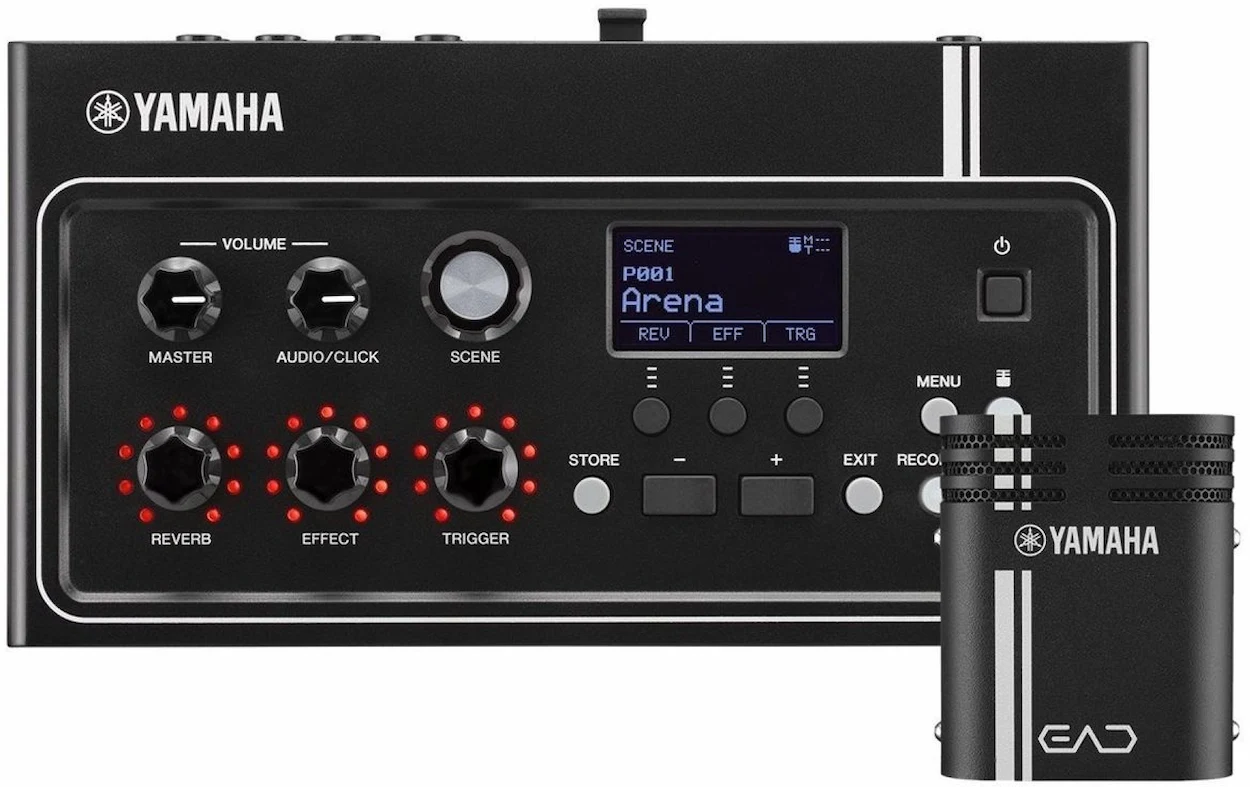
Yamaha EAD10 Review: Key Highlights
- Easily mic any acoustic drum kit
- Includes kick trigger with tons of preset samples
- Optional snare trigger supported
- Jam with your phone via USB
- Share social media-ready drum videos via free Rec’n’Share app
At a fundamental level, the EAD10 gives you a kick drum trigger and one microphone and blends the two signals. The unit has all sorts of presets and drum samples, making it fun to find the perfect sound. It features 50 presets, 200 user kits, 757 total sounds, and 36 digital effects.
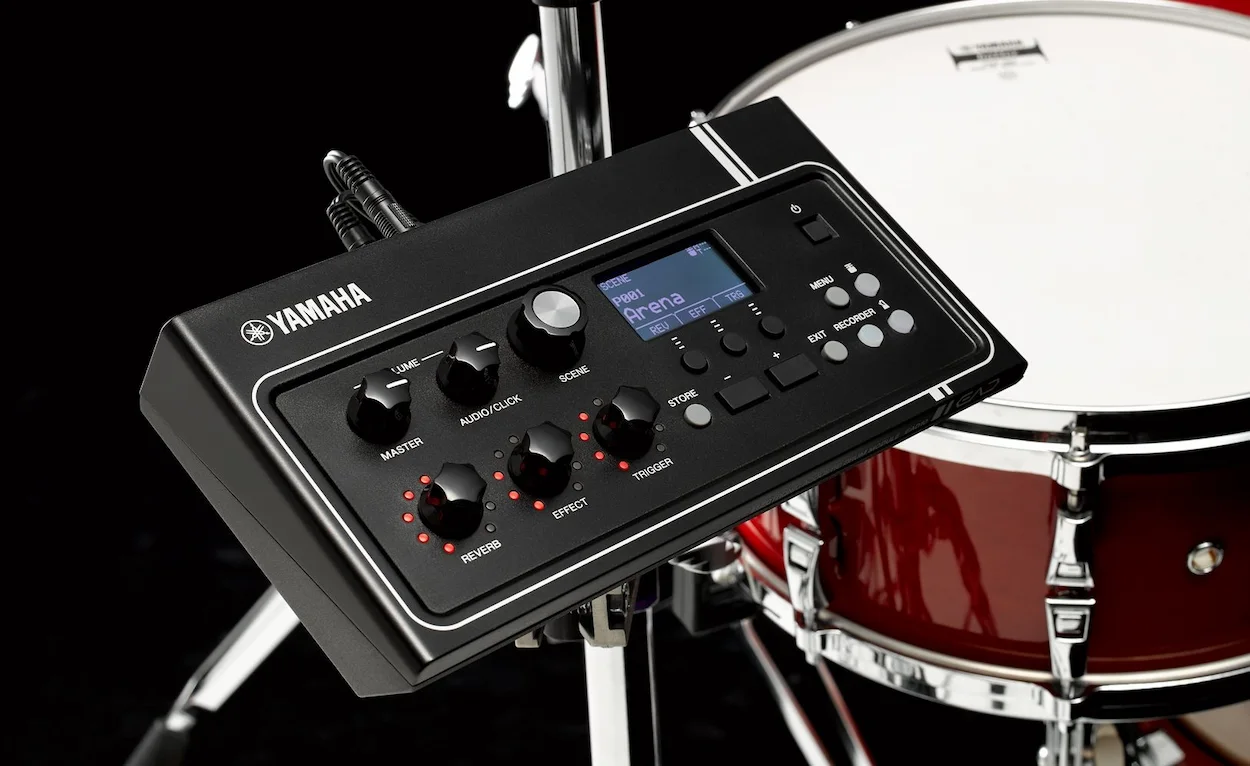
The Yamaha EAD10 can do many things, like recording, triggering, sampling, and adding effects. I found myself drawn to using a lot of the EFFECT knob, which on most presets controls compression of the kit—and it just sounds incredible when maxed out (at least for playing).
For drummers who want to sound like they’re playing in a studio or on stage, there’s 11 different reverb types offering various different room environments. Playing becomes a lot more thrilling when you crank these knobs.
When I first plugged in the unit, I couldn’t believe how much fun I was having playing the drums. Every preset I tried made me feel excited and inspired to play—well, except for some of the funky phaser and flanger presets.

If you place your ride cymbal above the microphone sensor, it will take over the mix—something to keep in mind. Experiment with placing the sensor in other spots on the bass drum, or else you may need to move your ride cymbal altogether.
Something I have yet to try is adding a snare trigger. In my 20+ years playing the drums, I still haven’t tried using drum triggers outside of using them within my digital audio workstation. I imagine ddrum’s famous triggers would work great with the EAD10.

For practicing drums and making videos, I completely recommend the Yamaha EAD10 to drummers of all skill levels. For live, not so much. However, the EAD10 will work great as a monitor for your drums, and you can use the AUX IN to hear the rest of the band from the monitor engineer (provided you have the correct adapter to split two mono signals to the 3.5mm input).
For drummers looking to record drums professionally, you will not get a good result using the EAD10. It’s a fantastic practice tool, nevertheless.
Rec’n’Share App

Content creation is a chore for drummers, especially when syncing microphones and multiple camera angles. Yamaha makes the process as simple as possible—except that you need an additional accessory to use the EAD10 with an iOS device.
Initially, I thought I could use a charger to connect my iPhone 13 to the EAD10. Was I ever wrong. It turns out you need to get an Apple Lightning to USB3 Camera Adapter along with a long enough USB printer cable (USB-A to USB-B), depending on where your phone will film.
The Rec’n’Share app, while clunky, makes it easy to create content for social media. You can import songs from Apple Music or your files. I was able to use Moises.ai to export drumless tracks to my iOS files and import them to Rec’n’Share with no issue.
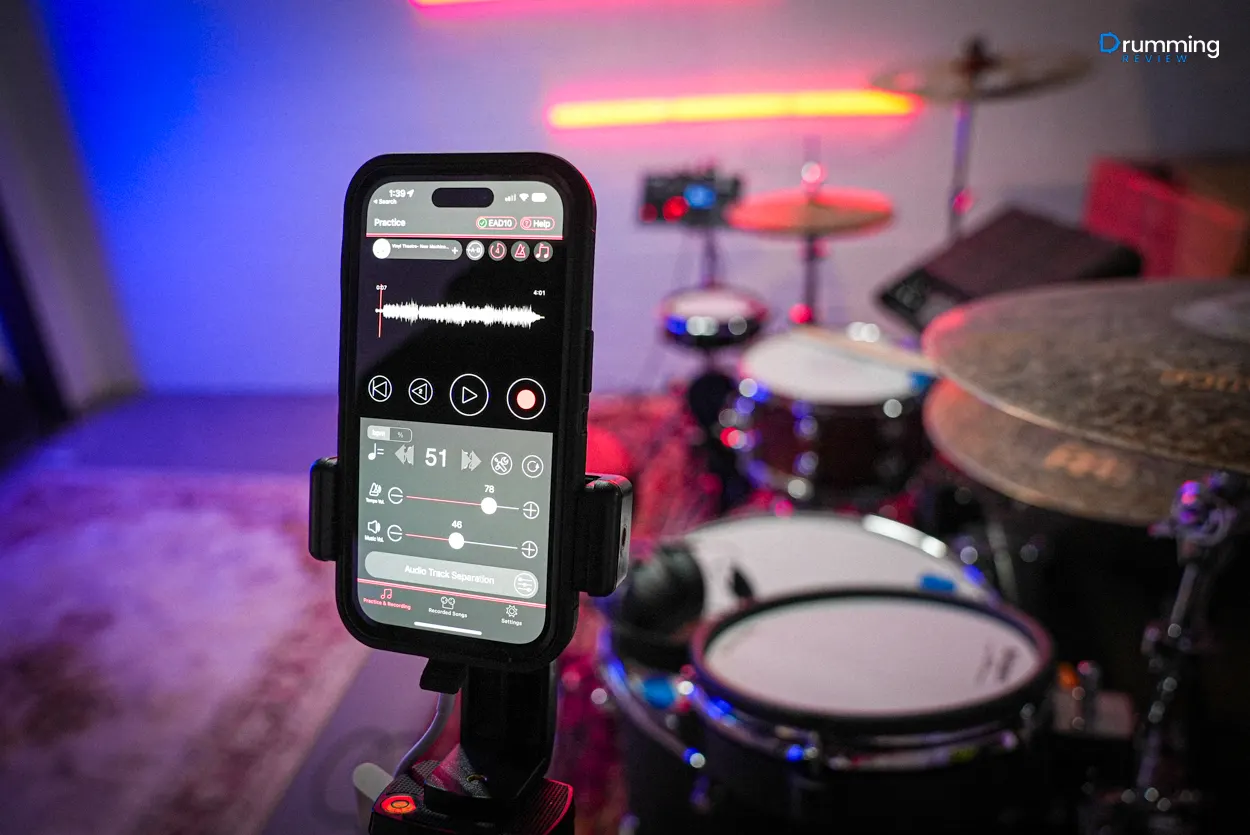
It’s a little confusing when you open the app—tons of UI elements on the screen beg you to click them. But you don’t need to do much to get recording: import your song, set up the camera, and click the big red button.
The app gives a 10-second countdown, giving you ample time to get seated at the drums before recording the video. The metronome tempo auto-detect didn’t work well in my testing, so there are flaws.
When plugged into the EAD10, you cannot use your phone’s speaker to listen to playback, so each time you want to hear what you recorded, you have to disconnect the USB3 camera adapter, which is a little annoying when the phone is on a tripod.

Fortunately, you can use the app in landscape mode, which makes the dongle cable a little less annoying to use. Of course, this means you’re no longer shooting in vertical for social media, but it’s an option for publishing to YouTube.
After recording, you can edit your video and turn down the song track to mix your drums better. I like hearing more of the track while playing. In a typical video recording, this results in quiet drums. Having the ability to adjust mix levels right from the app minimizes the quirks of the Rec’n’Share app.
My Thoughts
The EAD10 isn’t designed to give you a million-dollar studio recording sound, but I don’t think it matters. El Estepario Siberiano, one of the internet’s most viral drummers, has used the EAD10 in tons of his videos, along with countless other drummers on TikTok and Instagram.
Most users scrolling and consuming video content are listening from their smartphone speakers. Worrying about having the most pristine, world-class studio drum sound is a pointless endeavor—one that will destroy your productivity and take you much longer to create videos and grow a social following.
Yamaha’s EAD10 is still a popular tool for creating social media and YouTube content in 2024. The quirks are easily outclassed by the productivity and workflow improvements you’ll experience when making videos. When you set up the unit for the first time, I know you will have fun playing drums and feel excited to sit down at the kit.
More info on the Yamaha EAD10 on Yamaha’s website.

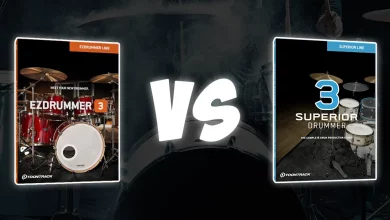
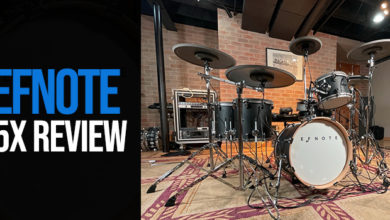
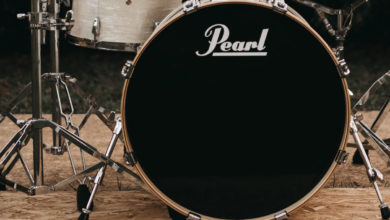
The EAD 10 from Yamaha is truly amazing.
I agree that it is awesome for practice or content creation, as I have used it for this purpose.
I disagree in it’s live performance use. I play in a bar cover band and normally I get a mic on my bass drum and maybe my snare and nothing else. Most times it is just the bass or nothing at all. Which means as the volume amps up over the night, as it tends to do, I start losing the ability to hear what I am playing so I hit harder and harder to keep up the volume. This means that I tend to slow down as the night goes on because of the additional effort it takes for me to hit hard enough to keep sonic pace with the rest of the band.
The EAD 10 takes my drums into the mix, and then back out to my in ear monitors so I always hear what I am playing. Whether you run the mixer mix into the EAD 10 first and then to your in ear monitors, or you just run the EAD into the mixer and then the monitor mix comes from the monitor, you get more control over your sound and volume and you can shape your sound with the capabilities of the EAD.
One caveat, if you DON’T use in ears then you tend to get sonic bleed from the other open air speaker monitors into the EAD and it creates feedback or just as bad, false triggering that tends to get sloppy. But, if you do use in ear monitors, this is a great device for getting your drums into the mix with the rest of the band in small clubs and bars where you would normally not have any drums mic’d.
Easy to set up, easy to learn. One caveat here is you have to understand that the “trigger” portion of the trigger/mic device that rests on your bass drum (typical location although you can mount it anywhere if you want to bypass the Bass Drum triggering and just use it as a way to Mic your drums ) because the type of drum and drum head and the amount of muffling you use will have an impact on trigger sensitivity and you might have to turn the sensitivity up in the EAD in order to account for this. Frankly for live I use an external trigger for bass and snare so that there is little monkeying with the sensitivity. It works every time.
There is no hi hat pedal operation so you can’t use it to trigger hi hat operation, and there are only a limited number of trigger inputs so you can’t use a full blown triggered kit, but you can get close.
Overall for practice, live streaming, and live performances I give it scores of 10, 10, and 7. If everyone is on in ears and it is a small venue where you would normally only use limited mics on the drums, then I would bump it up to an 8. It looses 2 points because of the need to adjust the sensitivity to the drum/head/etc….
Crash from the band http://www.facebook.com/spincycleband
0